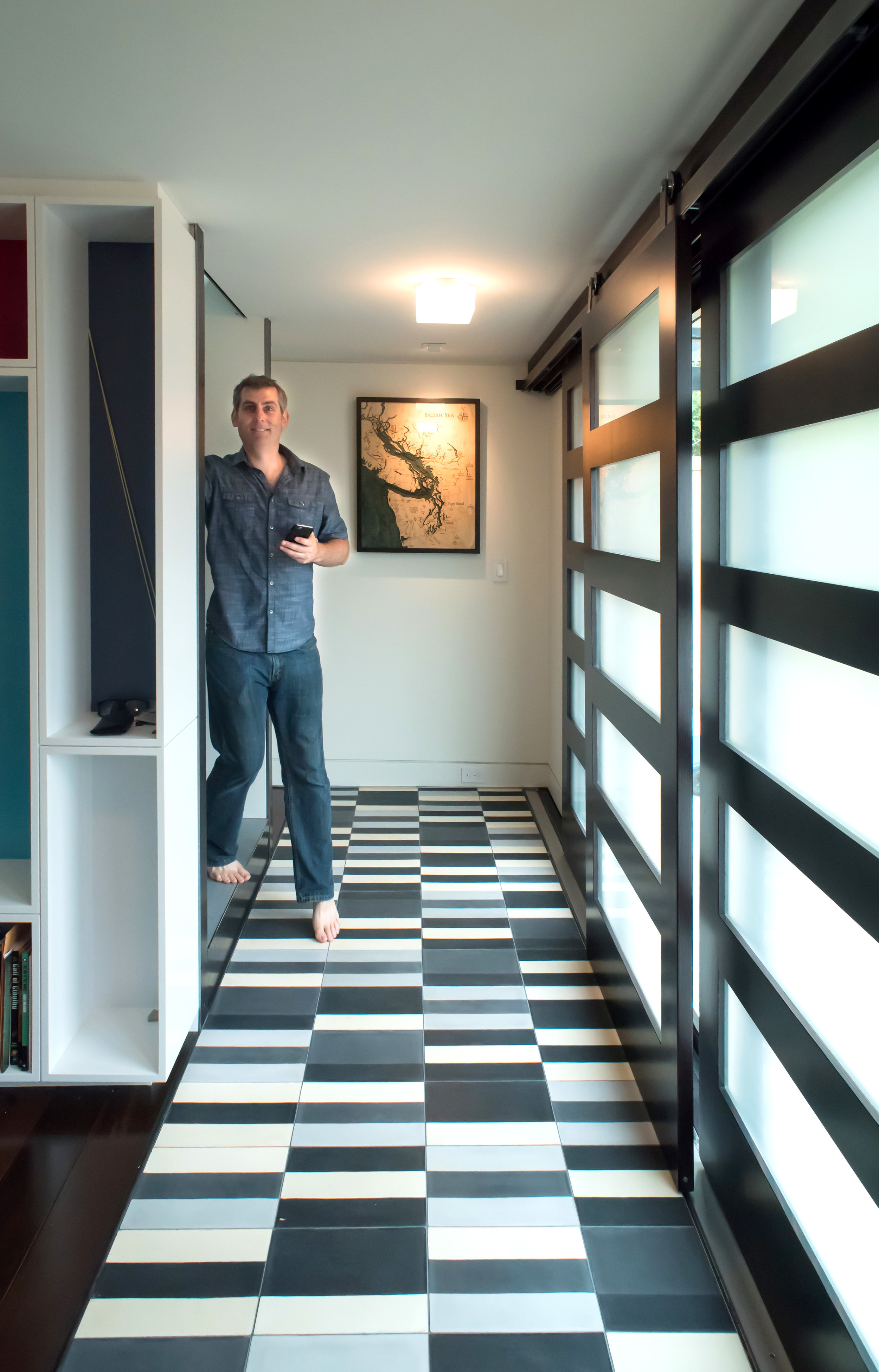By More Options for Accessory Residences (MOAR), a group of citizens concerned with the future of the city, housing availability and affordability. We have diverse backgrounds, experiences and housing situations, but we’re all Seattleites who want our city to allow more options for accessory residences. For us, our neighbors, and future generations.
For the last decade, backyard cottages — also known as Detached Accessory Dwelling Units, or DADUs — have been popping up all over Seattle’s neighborhoods. Based on their success, making backyard cottages and mother in law apartments easier to permit and build was one of the important recommendations of the City’s 2015 Housing Affordability and Livability Agenda (HALA) Final Report (labled SF1 in the report).
After Councilmember O’Brien introduced land use code revisions to open the door for more of this important housing type, a small, wealthy group of Queen Anne homeowners successfully derailed the ordinance. Now the City of Seattle is now starting over and plans to study in depth the impact of accessory dwellings.
Because of their size and location, backyard cottages are an almost invisible form of increasing neighborhood density. They have many other benefits:
- They begin to undo past exclusionary land-use wrongs by opening up our city’s parks, schools and other amenities to people that could never afford to rent or buy a multi-bedroom single family detached home in the same neighborhood
- Many older Seattleites who want to age in place see backyard cottages as a solution. Backyard cottages help people finance their retirements, or facilitate multi-generational living arrangements, or downsize while maintaining neighborhood connections.
- They are a perfect size for our smaller households (2.1 people according to the latest demographics) and are relatively more affordable
- An investment in DADUs is a powerful disincentive to future tear downs and the greater environmental, visual and noise impact of out of scale McMansions.
Given the scarcity of housing and astonishing escalation of rents and home prices, the very minimum is to allow more accessory dwelling units into Single Family zoning. This is a perfect opportunity to look beyond the backyard cottage at what more we could do to solve our housing shortage.
- Change zone name from ‘Single Family’ to ‘Residential.’ Our current ‘Single Family’ has a long history of duplexes, triplexes, corner stores and apartments, prior to downzoning, and renaming the zone removes a mental roadblock about what residential areas are for: people.
- Waive building permit fees for 5 years for AADUs and DADUs. Portland uses this incentive to permit nearly one per day, 6 times the rate of Seattle’s accessory dwelling unit production.
- Use Green Building incentives similar to other permit types: Allow 10% increase in size and height for projects on lots over 4000 SF. Allow 20% increase for lots over 5000 SF.
- Housing Opportunity Overlay. Create a ring overlay within 10 minute walkshed of schools, parks, urban villages, arterials and frequent transit, where additional housing is desired. Allow Residential Small Lot zoning without MHA in Overlay. Make parking requirements for additional units voluntary
- Upgrading non-conforming housing types and uses, such as duplexes, established before 1995. There are 4300 grandfathered duplexes and triplexes within SF zones and they are subject to different rules such as continuing use and limitations on expansion/upgrades. They should have the same flexibility under the code that applies to their neighbors in SF zones.
- Buffering detached houses from higher zones: If adjacent zoning is not SF 5000 zoning, allow flexible increase in height, or setbacks to help with transition to other zones (LR, NC)
- Make accessory dwelling units easier to built. Allow exceptions for handrails and parapets over height limit. Decks over 18” and covered areas should not count toward accessory use square footage, but should have stand alone total. Allow separate metering of utilities. When expanding a garage/existing non-conforming use, allow vertical expansion in line with existing structure, rather than to setbacks. Allow extra height for flat roofs when used as a green roof.
- Study using Floor Area Ratio to restrict size of development and incentivize additional housing units. Currently we are seeing many new single dwellings that dwarf the house that was torn down. On a 5000 SF lot, with lot coverage at 35%, and a height limit of 30’, we currently allow a house to be 5250 SF. Using a .5 FAR for single dwelling unit properties, allowing .7 for two dwelling units and .8 for three dwellings per lot, the same property would allow 2500 SF, 3500 SF or 4000 SF. Restricting maximum FAR will make teardowns/McMansions less viable, put a break on gentrification, and insure that many more housing units and options are built. FAR limitations will create many lots with dwellings with mix of sizes and prices.
- Double Ownership. Allow split ownership of lots with existing house and new cottage, like a fee simple subdivision, provided the cottage was legally established. Create template for condominium-like agreements to share lot ownership between existing house and new cottage. Seattle has no starter homes and this would create new opportunity for ownership. If we agree ownership is an aspiration, creating more affordable options such as this would be desirable.
- Allow homeowners to qualify for small loans from Office of Housing from pool of MHA payments when creating additional dwellings. One of the key criticisms of MHA is whether affordable housing created will be well distributed, and by making the available loans applicable at residential scale, on a parcel by parcel basis, there will be new affordable housing integrated into every neighborhood. The other difficulty most people face when creating a DADU is securing financing, and having an additional source would help many owners create their own.
A Call to Action:
Here are 5 ways to participate in the vital discussion around backyard cottages and the future of Seattle's neighborhoods.
1. Sign this petition:
2.Email the City:
3. Email PLANNING AND ZONING COMMITTEE MEMBERS:
mike.obrien@seattle.gov, lisa.herbold@seattle.gov, rob.johnson@seattle.gov lorena.gonzalez@seattle.gov
4. Attend a meeting:
EIS Public Scoping Meetings/Open House, October 26, 2017, 6:00–7:30 p.m. Location: Hale’s Ales (in the Palladium), 4301 Leary Way NW, Seattle, WA 98107
5. Join the conversation on Facebook:

























